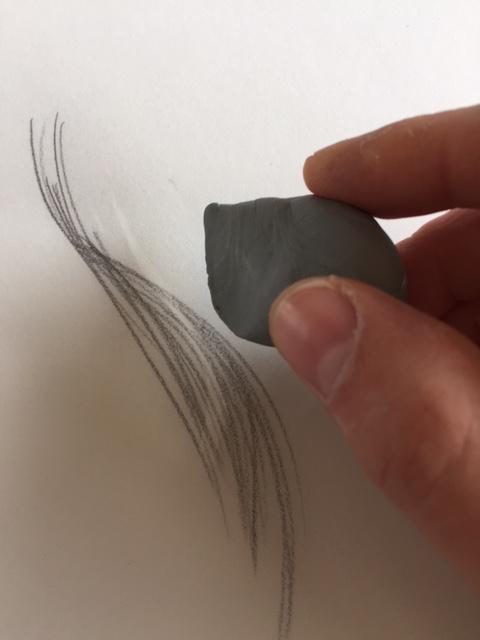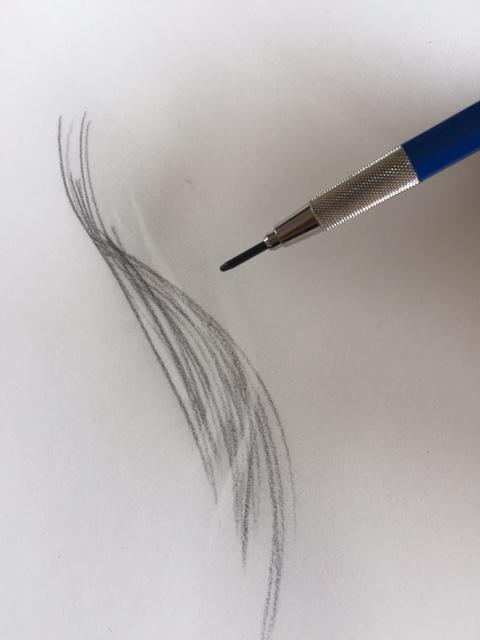The flocculent beauty of the work you show is not that the artists drew a single hair (that would never achieve the effect) the beauty came from the artists layering one drawn hair "over" another and repeating it until the desired depth was achieved.
I can think of two artists on Youtube who demonstrate this layering process (with explanations for their reasoning)
Darrel Tank https://www.youtube.com/watch?v=bsEiMe3OiGo
Stan Prokopenko https://www.youtube.com/watch?v=NHewz3JbKrQ
Here's a simple example of the layering process. This is based on a presentation by Darrel Tank. If you wan to see the complete process in action then check out his video series.
For this example I will use an HB mechanical pencil, a kneaded eraser and brush. Paper is 400 series strachmore (60lb). I only have white paper and black pencils. Don't focus on the materials. Focus on the process.

With a couple of simple strokes the first strands of the hair are stated.

The pencil strokes are softened using a brush by gently brushing across the surface. The harder the pencil the more difficult it will be to soften the pencil marks.

Next I take a kneaded eraser and form it into a sharp thin edge. Drawing the eraser cross the surface removes some of the pencil markings and leaves behind a negative space creating the illusion of overlapping strands of hair.

Next I go back and restate some of the lines with the pencil.

Again I use the brush to soften the marks.

The process is repeated until the desired layering effect is achieved.

Repeat the steps as many times as needed until the desired effect is achieved. Don't be as heavy handed as i was in laying down the layers. The harder you press the more difficult it will be to remove the pencil marks. A light touch is needed.
The above was just one example of how to create the layered effect you are looking to achieve. Masking and opaque paints can also be used but they too rely of the layering for the desired effect.








